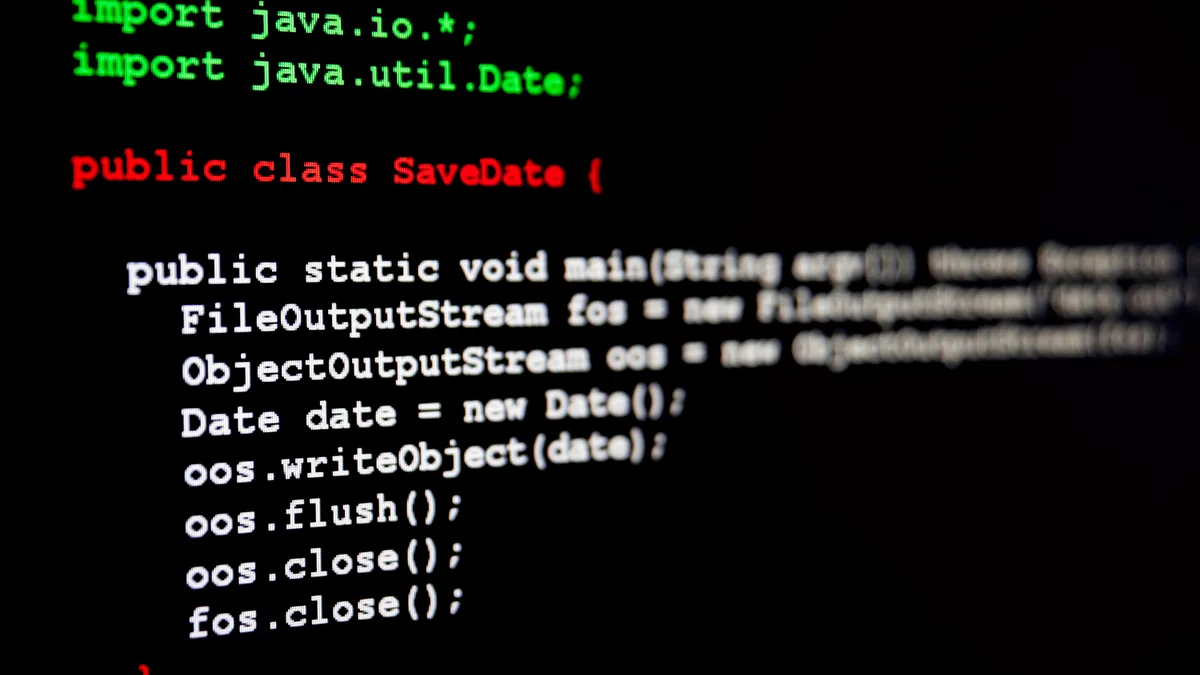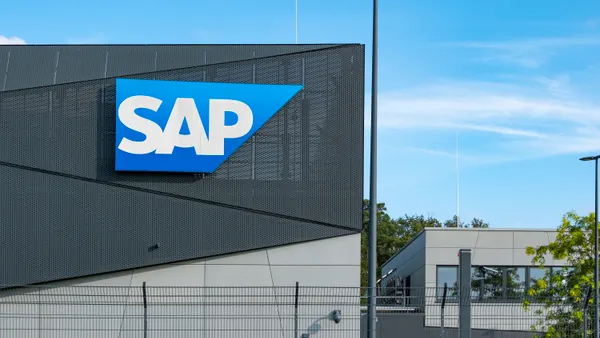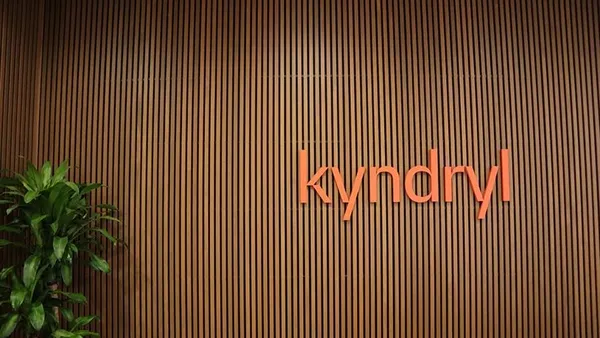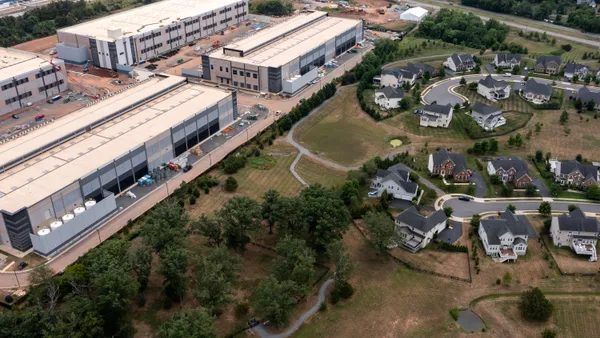Dive Brief:
- SAP is leaning on its hyperscaler partnerships to help keep customer costs down amid tariff-inflamed economic turbulence, company executives said Tuesday, during a Q1 2025 earnings call.
- “We have four hyperscalers plus our own converged cloud,” CEO Christian Klein said, pointing to the cost stability of multiyear vendor contracts. “We are not purchasing hardware directly — we are consuming it oftentimes via the hyperscalers where we have some kind of price security.”
- The company saw revenues on its cloud-based enterprise software portfolio jump 27% year over year to nearly 5 billion euros ($5.7 billion) with its cloud ERP suite accounting for 85% of the segment, CFO Dominik Asam said.
Dive Insight:
Despite tariff-driven uncertainty, SAP remained steadfast in its commitment to wind down support for on-prem ERP systems over the next several years as it coaxes customers to invest in its cloud-based offerings.
“If you are sitting on an outdated ERP, the value of moving now is so big that the business case should really actually make sense even if the macro gets worse,” Klein said Tuesday.
SAP kicked off a massive restructuring at the start of last year, spending more than $2 billion to expand its cloud business and accelerate ERP migrations.
While the company showed some flexibility earlier this year, promising to extend business continuity services for some customers through 2033, the broader timeline remains unchanged: Mainstream maintenance support for legacy SAP ERP Central Component systems will end in 2027.
The specter of supply chain disruptions, mounting inflation and a global trade war triggered by President Donald Trump’s punitive tariffs has already taken a toll on IT budgets.
Organizations looking at a costly ERP modernization may hit pause on their plans if uncertainty surrounding U.S. trade policy persists, analysts told CIO Dive shortly after the levies were announced earlier this month.
This may be a difficult time for businesses to embark on multimillion-dollar modernization projects without seeing immediate value, Klein acknowledged.
SAP is banking on real-time trade management, financial modeling and cross-functional budgeting capabilities built into the cloud-based ERP suite to overcome headwinds and deliver tangible short-term gains.
The company has updated its RISE with SAP migration package, adding a business transformation management toolkit and making it easier for customers to move from private to public cloud within their existing contracts, Klein said.
SAP rolled out an expanded S/4HANA private cloud bundle through the RISE program and added the SAP Build low-code developer toolkit to the private and public cloud suites Tuesday.
“We are updating our RISE offering with enhanced packages,” Klein said. “We can't change external uncertainty, but we can help our customers … manage those challenges.”












